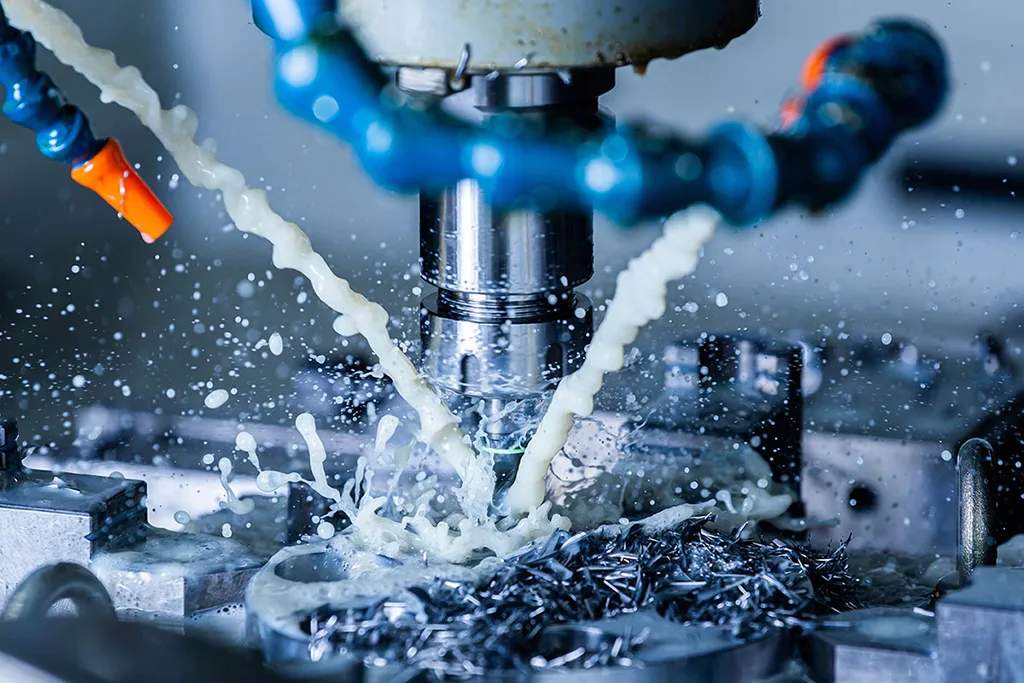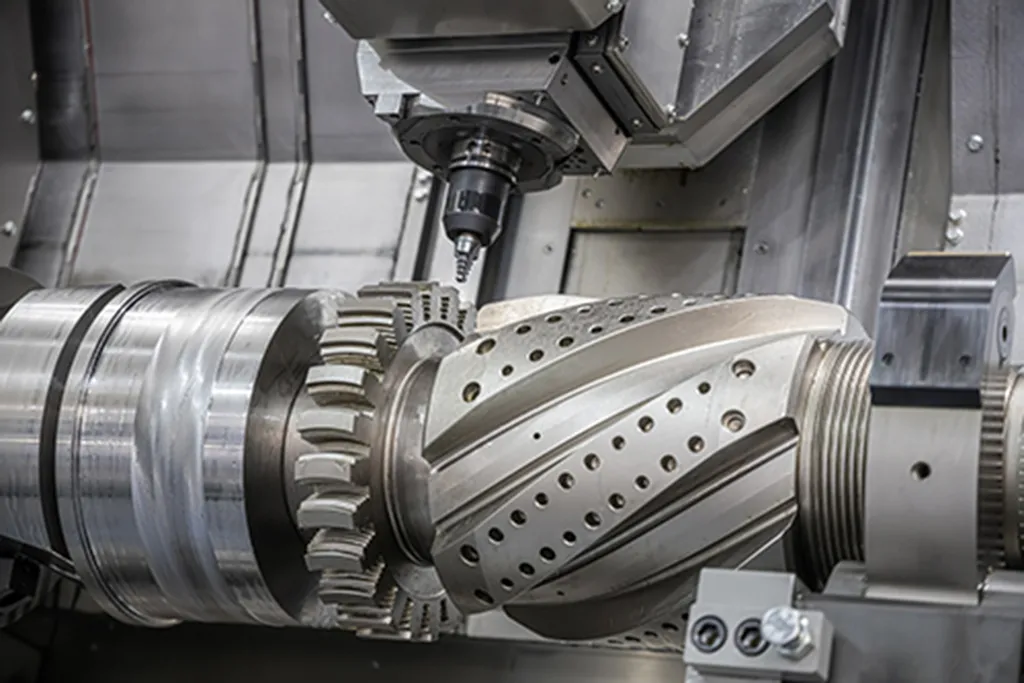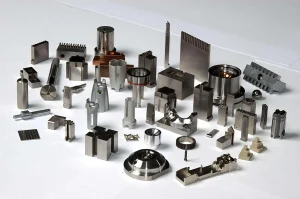In the vast world of modern manufacturing, there is a technology that has quietly become a magic hand for shaping countless daily necessities and high-tech products with its flexible, efficient and low-cost characteristics – this is plastic deposition molding, an important technology in 3D printing. It is not only a manufacturing method, but also a brilliant spark that combines human creativity with technological progress, leading the manufacturing industry into a new era.

First acquaintance with plastic deposition molding
Imagine that the three-dimensional model on the computer design drawing is piled up through layers of thin plastic materials and eventually becomes the physical object in your hand. This is the basic principle of plastic deposition molding. This technology is also called FDM (fused deposition molding). It uses heated and molten thermoplastic filaments through a precisely controlled nozzle to deposit layer by layer along a preset path, stacking layer by layer until the entire object is formed. This process is like building a bridge between virtual and reality, allowing designers’ creativity to be directly transformed into physical objects within reach.
The secret of technology
The charm of plastic deposition molding lies in the precision technology and infinite possibilities behind it. First of all, it relies on high-precision mechanical equipment to ensure the precise deposition of each layer of plastic, with error control at the micron level. Secondly, the choice of materials is extremely critical. Common materials such as PLA (polylactic acid) and ABS (acrylonitrile-butadiene-styrene) are the first choice because of their good meltability and physical properties after molding. These materials are not only environmentally friendly, but also show excellent durability and plasticity in different application scenarios.
Even more amazing is that plastic deposition molding can achieve extremely high design freedom. Whether it is complex internal structure, fine surface texture, or personalized customization needs, it can be achieved under this technology. This means that from simple mobile phone shells to complex medical device parts, and even artworks and architectural models, plastic deposition molding can meet them one by one, greatly broadening the boundaries of design and manufacturing.
Wide range of applications
As the technology continues to mature, the application fields of plastic deposition molding are becoming more and more extensive.
1.In the field of education, plastic deposition molding technology can be regarded as an intuitive and powerful tool for students to learn science, engineering and design. It can help children cleverly transform those originally abstract and difficult scientific concepts into concrete models that are within reach, thereby greatly stimulating their innovative thinking and imagination.
2.In the medical field, plastic deposition molding technology has shined even more. From surgical guides to prosthetics, it has not only significantly improved the customization level of medical equipment, ensuring that every patient can get the most suitable equipment for themselves, but also greatly shortened the production cycle, bringing more timely and effective benefits to patients.
3.In the consumer goods market, from fashion accessories to home decoration, personalized customization has become a trend, and plastic deposition molding is the powerful driving force behind this trend.

Future Outlook
Looking to the future, plastic deposition molding technology still has enormous development potential, which urgently needs our in-depth exploration and excavation. With the continuous breakthroughs and progress of materials science, more plastic materials with high performance and special functions will be introduced and applied to this field, so that the printed objects can reach unprecedented new heights in many aspects such as strength, heat resistance and biocompatibility.
At the same time, when plastic deposition molding technology is deeply integrated with cutting-edge technologies such as the Internet of Things and artificial intelligence, it will lead the production process into a new era of intelligence and automation. This deep technical integration not only means a significant improvement in production efficiency, but also a qualitative leap in production quality. Through intelligent precision control and automated efficient operation, the future of plastic deposition molding technology will undoubtedly be brighter, injecting stronger impetus into the development of all walks of life.
In addition, environmental protection and sustainability will be the keywords for future development. How to reduce material waste and develop recyclable or biodegradable printing materials will be the direction that researchers continue to explore. After all, while pursuing technological progress, protecting our common home planet is the longest-term goal of mankind.
In short, plastic deposition molding, as a revolutionary manufacturing technology, is profoundly changing our production and lifestyle with its unique charm and unlimited potential. It is not only a symbol of scientific and technological progress, but also a vivid embodiment of human wisdom and innovative spirit. In this era full of infinite possibilities, let us look forward to more surprises brought by plastic deposition molding technology and witness a better future together.






